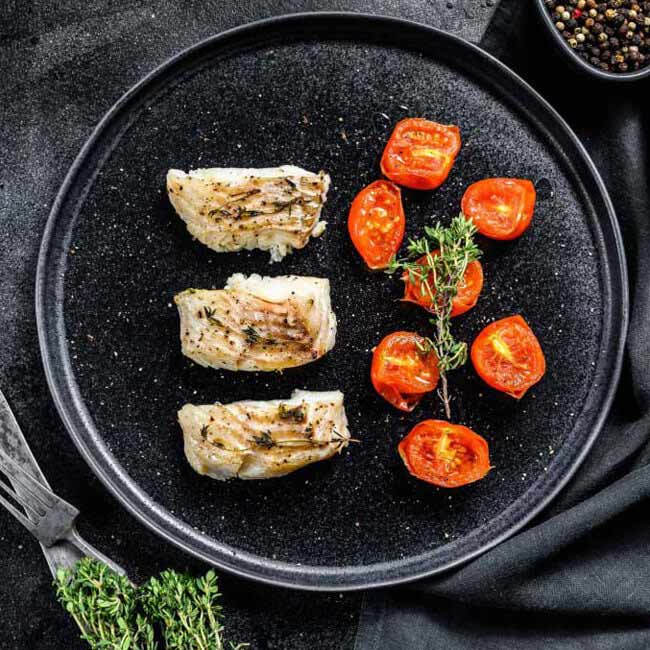Resting Period on Meats
Have you ever taken a steak from the oven and immediately cut it on the cutting board? If you have, you may have noticed that the meat loses a significant amount of liquid, which can impact its juiciness and tenderness. In fact, studies estimate that around 35% of the meat’s liquid can be lost if it is not allowed to rest before cutting, which can be devastating for the texture and flavor of the meat.
To avoid this, it is essential to remember to cover the meat lightly and let it rest for a few minutes before cutting. This resting period allows the meat to reabsorb its juices and distribute its flavors evenly, resulting in a more tender and flavorful dish. Trust me, once you try this technique, you will never forget the difference it makes in the quality of your meat.
Resting meat after cooking is a crucial step that many home cooks and even some professional chefs tend to overlook. The process of resting meat involves allowing the cooked meat to sit for a few minutes before carving or serving it. This resting period is essential because it allows the meat to retain its juices and flavors, resulting in a more tender and flavorful dish.
One of the primary reasons for resting meat is to retain the juices inside the meat. When meat is cooked, the heat causes the proteins to contract, squeezing out the juices. If the meat is cut immediately after cooking, these juices will flow out onto the plate, leaving the meat dry and tough. However, if the meat is allowed to rest, the proteins will relax, and the juices will be reabsorbed, resulting in a moist and tender dish.
Studies have shown that resting meat can increase the percentage of liquid retention in the proteins significantly. For example, a study conducted by the American Meat Science Association found that a steak that was rested for five minutes had a 3.5% higher percentage of liquid retention than a steak that was not rested. This may not seem like a significant difference, but it can make all the difference in the texture and flavor of the meat.
Another benefit of resting meat is that it allows the flavors to develop fully. When meat is cooked, the heat causes the flavors to become concentrated in the center of the meat. If the meat is cut immediately after cooking, these flavors will not have had time to distribute evenly throughout the meat. However, if the meat is allowed to rest, the flavors will have time to develop and distribute evenly, resulting in a more flavorful dish.
Resting meat is also essential for safety reasons. When meat is cooked, the heat kills any bacteria that may be present on the surface of the meat. However, if the meat is cut immediately after cooking, any bacteria that may be present on the surface will be transferred to the interior of the meat, where the heat may not have reached. This can lead to foodborne illness. Resting the meat for a few minutes allows the heat to distribute evenly throughout the meat, ensuring that any bacteria present are destroyed.
It is important to note that the length of time needed to rest meat will vary depending on the type of meat and the cooking method used. For example, a large roast may need to rest for up to 30 minutes, while a small steak may only need to rest for five minutes. As a general rule, the larger the piece of meat, the longer it will need to rest.
In conclusion, resting meat after cooking is a crucial step that should not be overlooked. It allows the meat to retain its juices and flavors, resulting in a more tender and flavorful dish. Resting meat also ensures that any bacteria present on the surface of the meat are destroyed, making it safer to eat. So, the next time you cook meat, be sure to factor in the resting time to achieve the best possible results.










